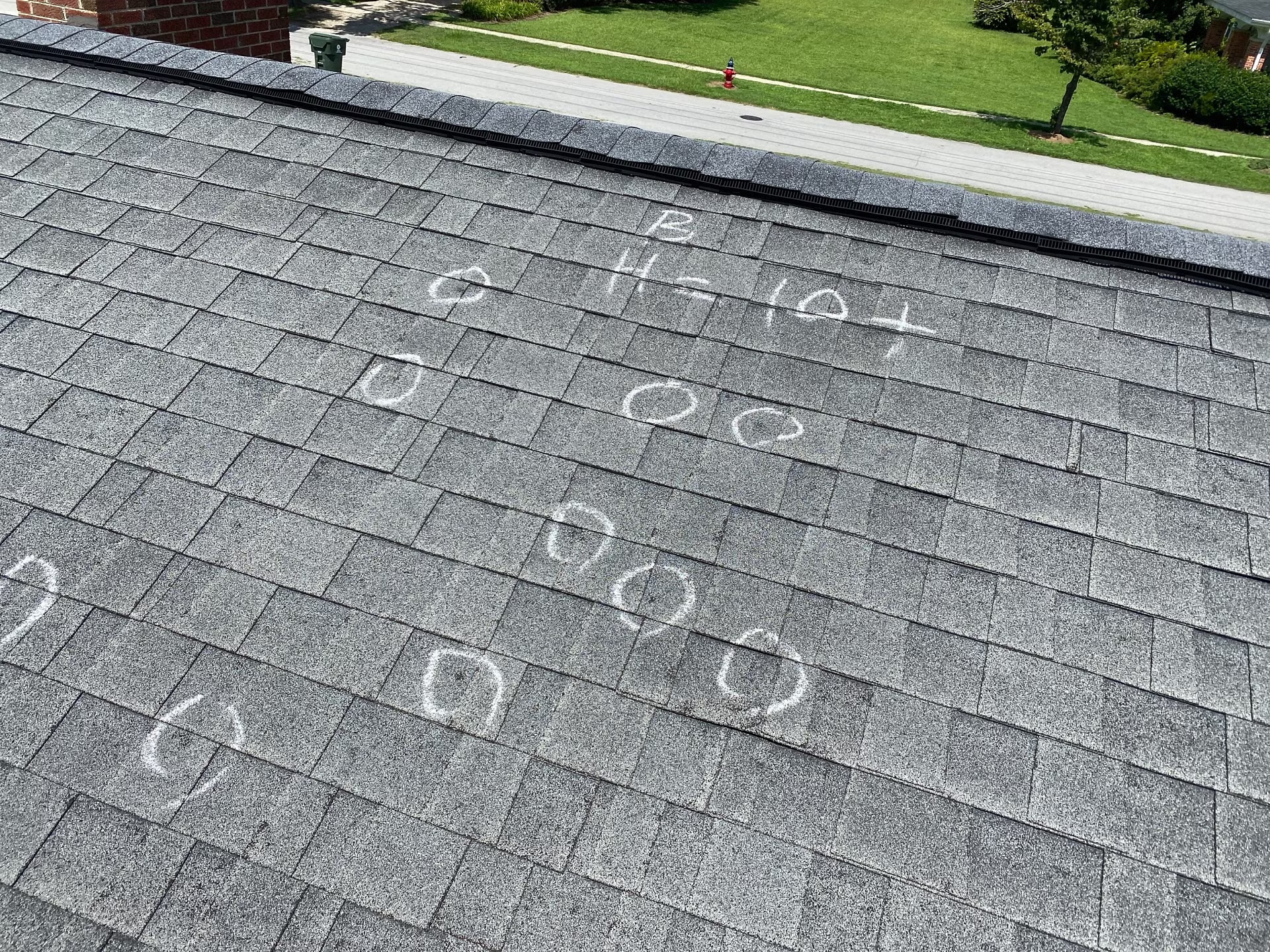
Hail storms can be sudden and severe, leaving homeowners with significant damage to address. If you’re a Florida homeowner who’s just experienced a hail storm, it’s crucial to take systematic steps to assess and repair the damage effectively. Here’s a detailed, step-by-step guide to help you through the process, ensuring your home and interests are protected.
1. Stay Informed and Safe
First and foremost, ensure the storm has completely passed before venturing outside. Keep up-to-date with local weather reports via a reliable app or website. Safety should always be your top priority.
2. Initial Damage Assessment
Once it’s safe, conduct a preliminary survey of your property. Look for visible signs of hail damage such as dents on your siding, broken windows, or damage to outdoor air conditioning units. Documenting these initial observations will be valuable for insurance claims and repair planning.
3. Document the Hail Itself
If hailstones are still present after the storm, photograph them alongside a ruler or another object that can help illustrate their size. This visual evidence is crucial for insurance purposes as it helps to establish the severity of the storm.
4. Professional Roof Inspection
Contact a licensed and reputable roofing contractor to inspect your roof. Roof damage is not always immediately apparent. Professionals can identify issues like cracked shingles or damages that could lead to leaks in the future. This step is vital, as the roof is one of the most expensive parts of your home to repair.
5. Comprehensive Documentation
During the inspection, accompany your contractor and take detailed notes and photographs of all identified damage. Ask the contractor for a written assessment and repair estimate. This documentation is essential for your insurance claim.
6. Engage a Public Adjuster
Consider hiring a public adjuster early in the process. A public adjuster advocates for you, the policyholder, in insurance claims. They have expertise in policy interpretation, damage assessment, and claim negotiation which typically leads to a more favorable settlement for you.
7. Understand the Role and Benefits of a Public Adjuster
A public adjuster can manage the complexities of your insurance claim, allowing you to focus on your family and recovery. They ensure that the damage assessment is thorough and that the settlement reflects the true cost of repairs. They’re particularly valuable in navigating large or complex claims.
8. Inspect Beyond the Obvious
Expand your damage assessment beyond the immediate visible damage. Check less obvious areas such as gutters, downspouts, and external appliances. Hail can also cause damage that compromises the structural integrity of these elements over time.
9. Act Promptly to File Your Claim
Florida law requires that insurance claims for property damage be filed within one year of the hurricane or storm. Prompt action is crucial to ensure that you don’t forfeit your right to claim. Early filing also typically results in a quicker response from insurance carriers.
10. Secure and Store All Related Documentation
Organize and safely store all records related to the storm and your claims process, including photographs, professional reports, and correspondence with your insurance company. Digital backups are recommended. These documents are critical if disputes arise during the claim process.
Interactive Element: Decision-Making Scenario
Imagine you’ve discovered a few broken shingles on your roof and a couple of dents on your home’s siding after a hail storm. What’s your next step? Choose one:
- A) Ignore the damage—it doesn’t look that serious.
- B) Wait a few weeks to see if it gets worse before deciding.
- C) Contact a professional roofing contractor to assess the damage.
Correct Answer: C) Contacting a professional immediately ensures that hidden damage doesn’t go unnoticed and becomes more problematic in the future.
